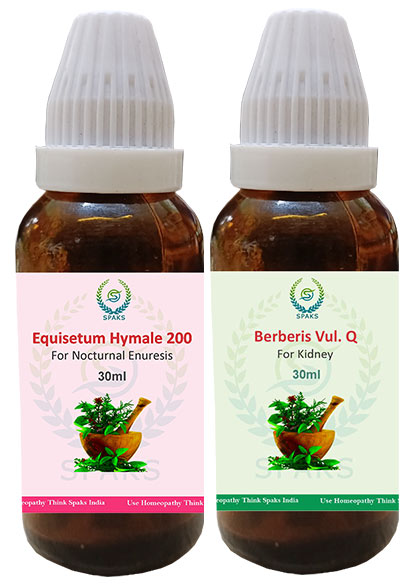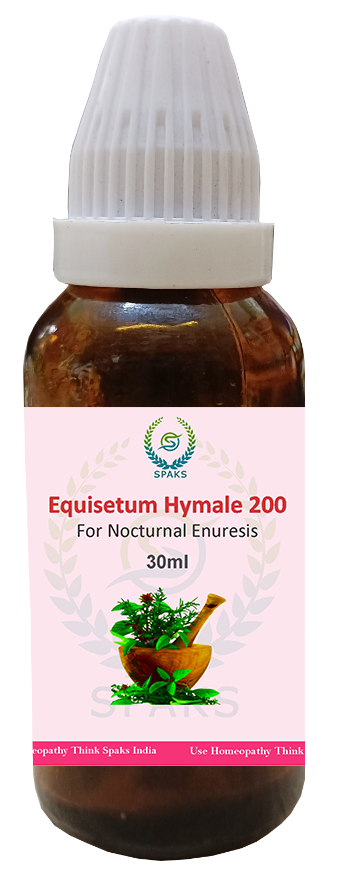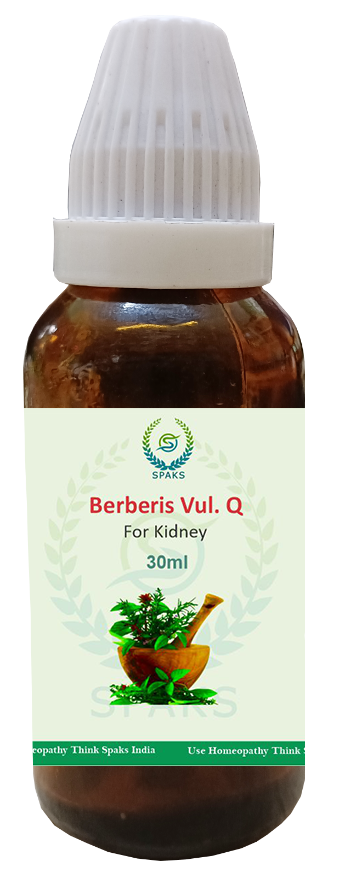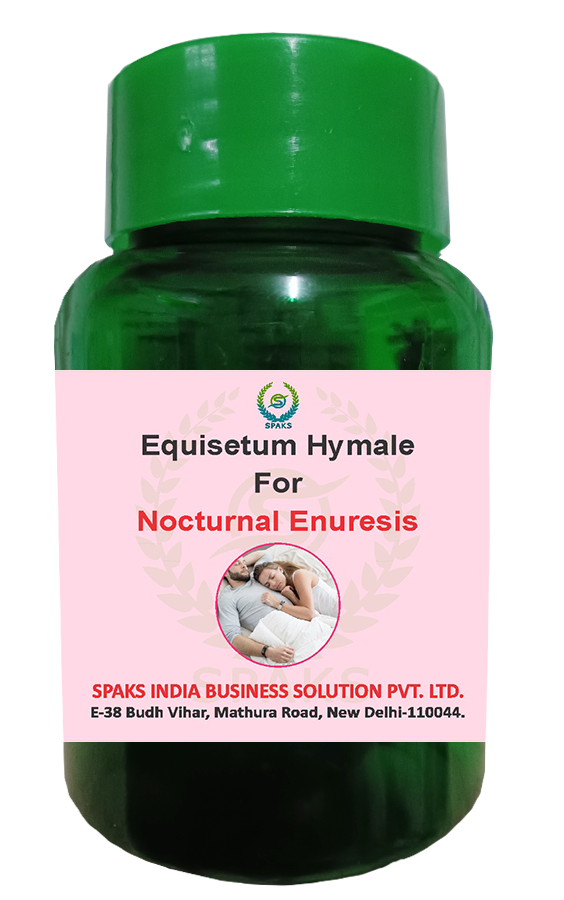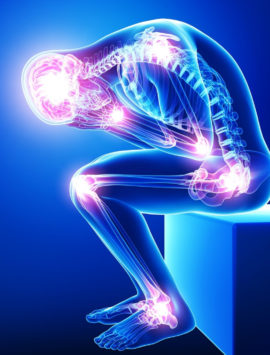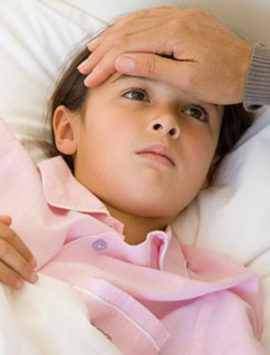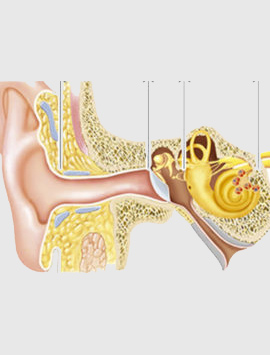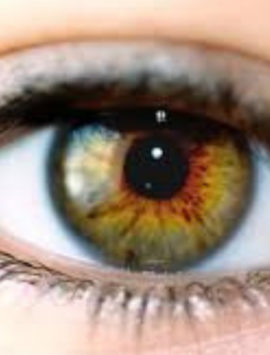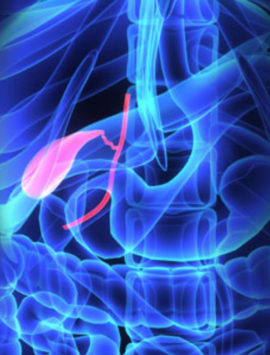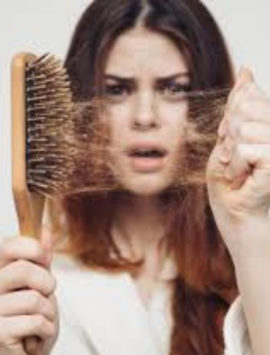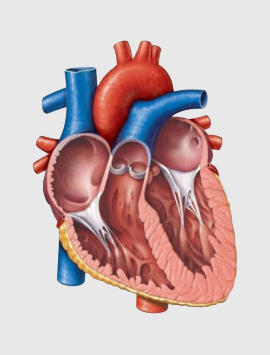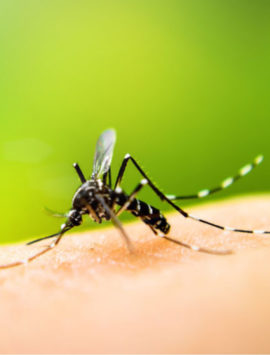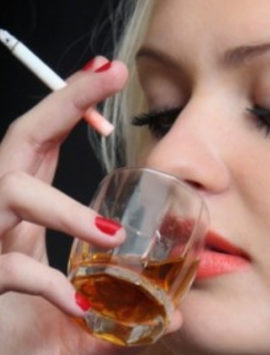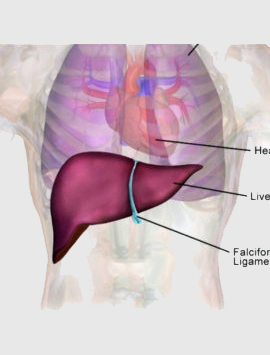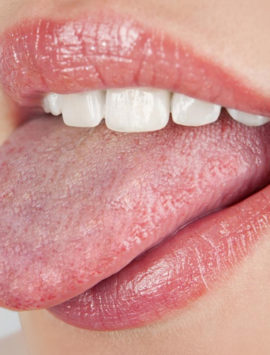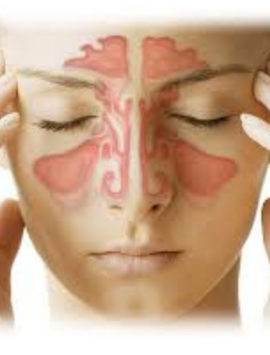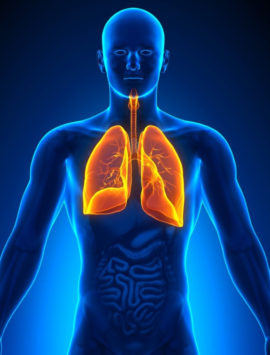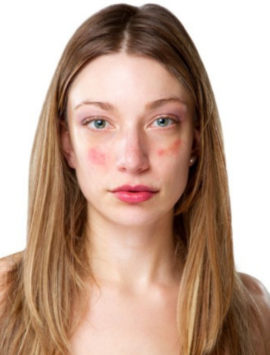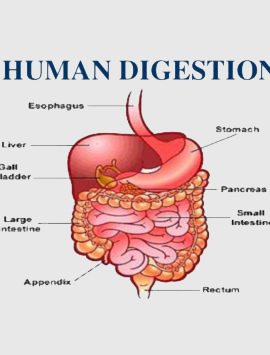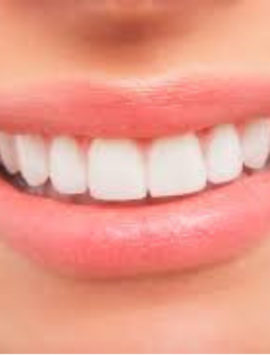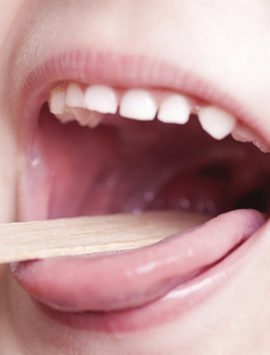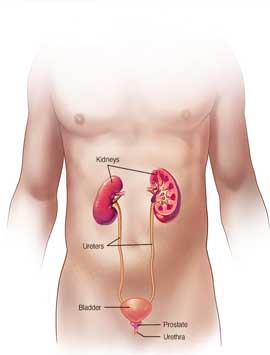Nocturnal Enuresis
Availability: In stock₹ 600
How to Use: Liquid
20 Ml Water & 20 Drops Medicine Twice in a days (Morning and Evening) 1 Hours Before Meal Each Medicine should be taken 10 minutes Gap
How to Use: Capsule
1+1=2 Capsule Different colour morning and Evening before meal (Avoid Alcohol).
Bed-wetting — also called nighttime incontinence or nocturnal enuresis — is involuntary urination while asleep after the age at which staying dry at night can be reasonably expected.
Soggy sheets and pajamas — and an embarrassed child — are a familiar scene in many homes. But don't despair. Bed-wetting isn't a sign of toilet training gone bad. It's often just a normal part of a child's development.
Generally, bed-wetting before age 7 isn't a concern. At this age, your child may still be developing nighttime bladder control.
By adolescence, only 4 percent of boys and 2 percent of girls wet the bed; the figures fall to 1.5 percent and 0.5 percent by age eighteen. So you can appreciate how distressing it is to be one of those teenagers who is still experiencing urinary incontinence at night.
If bed-wetting continues, treat the problem with patience and understanding. Lifestyle changes, bladder training, moisture alarms and sometimes medication may help reduce bed-wetting.
Symptoms
Most kids are fully toilet trained by age 5, but there's really no target date for developing complete bladder control. Between the ages of 5 and 7, bed-wetting remains a problem for some children. After 7 years of age, a small number of children still wet the bed,
